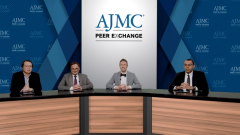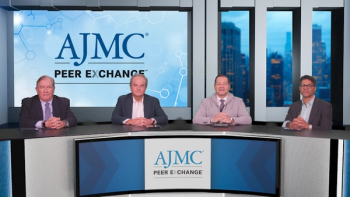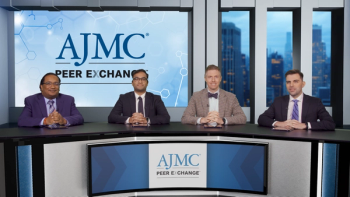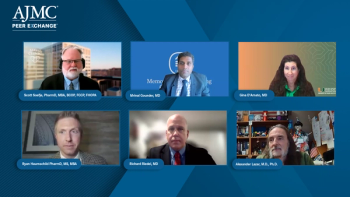
Potential of Gene Therapy for NF1-PN
Panelists discuss the mechanisms of action of gene therapy for NF1-associated plexiform neurofibromas, focusing on restoring functional neurofibromin to regulate the RAS/MAPK pathway and prevent tumor formation, while highlighting promising early clinical trial results showing reduced tumor volume and improved symptoms, alongside the need for further studies to assess long-term safety and efficacy.
Episodes in this series

Summary for Physicians
Mechanisms of Action of Gene Therapy for NF1-PN
Gene therapy for neurofibromatosis type 1–associated plexiform neurofibromas (NF1-PN) aims to restore functional neurofibromin by introducing a corrected copy of the NF1 gene into patients’ cells. This approach seeks to restore regulation of the RAS/MAPK pathway, preventing abnormal cell growth and tumor formation. Early preclinical studies have shown that viral vectors can effectively deliver the NF1 gene, and animal models demonstrate tumor shrinkage and improved disease outcomes.
Efficacy and Safety of Emerging Therapies
Early clinical trials of gene therapies show promising results in reducing tumor volume and improving symptoms in patients with NF1-PN. These therapies appear to have a more targeted action compared with traditional treatments (eg, chemotherapy or surgery), offering less toxicity and more specific tumor control. However, further trials are needed to evaluate the long-term safety and sustained efficacy of gene therapies, especially regarding potential immune responses and delivery efficiency.
Newsletter
Stay ahead of policy, cost, and value—subscribe to AJMC for expert insights at the intersection of clinical care and health economics.







